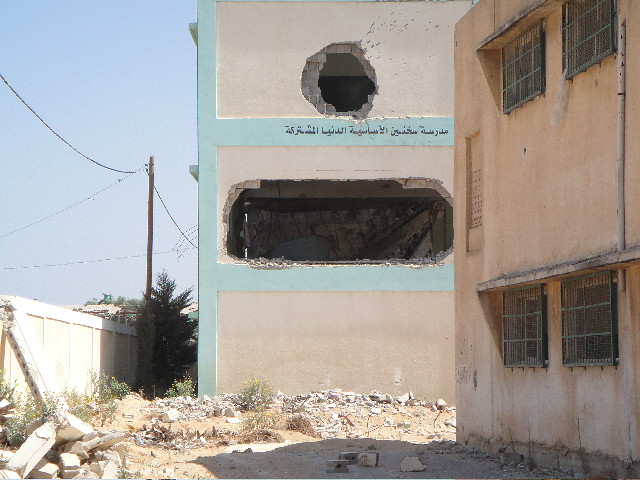On Monday 2 November 2020, gunmen shot dead 22 students and teachers at Kabul University, Afghanistan. Barely a week had passed since gunmen entered a school in Kumba, Cameroon, and killed seven children. A week before that, the beheading of French teacher Samuel Paty had also shocked the world.
These attacks on students and teachers are horrific, but not a new phenomenon. Across the globe there were over 7,300 direct attacks on schools between 2015 and 2019, according to the Education Under Attack 2020 report published earlier this year by the Global Coalition to Protect Education from Attack (GCPEA). An estimated 22,000 students, teachers and other education personnel were harmed in total.
Why are schools being attacked? The report identified multiple reasons, including conflicting and discordant ideologies between the educational system and various armed groups in a number of countries. “Islamic State”, for example, claimed responsibility for the Kabul University shooting and another recent suicide bombing on a higher education centre in the city.
Another reason is that government-run schools and universities may be viewed as symbols of state power and control, and therefore targeted by groups fighting the state.” This is the underlying cause of multiple attacks on schools in Cameroon in the last four years, as linguistic minority groups aim to seek greater autonomy from the state.
Three teachers were killed in the space of a week in early 2018, as the number of primary-aged children attending school in the country’s Anglophone provinces reportedly fell to just four percent. Nobody has claimed responsibility for the latest attack, however: the government accused the separatists, while separatist leaders blamed government soldiers.
Schools may also be attacked when they are used as polling stations in elections, or because state or non-state armed groups locate bases in or near them. This has been a problem in Syria in particular, where 16 of 22 schools identified by the UN in 2017 as being used for military purposes were subsequently attacked.
The worst-hit countries over the last five years, according to the GCPEA report, are the Democratic Republic of Congo and Yemen – but the problem reaches far beyond war-torn trouble spots. The report identifies eleven “very heavily affected” countries, including India (with attacks concentrated in Jammu and Kashmir), Turkey (in relation to state anti-terror laws and conflict with the Kurdistan Workers’ Party) and the Philippines (notably affecting indigenous peoples).

Photo credit by Al Jazeera English
How do you ensure schools’ civilian status?
The report’s top recommendation is that states approve and promote the Safe Schools Declaration. Drawn up in 2015 in a process led by Norway and Argentina, it encourages parties engaged in armed conflict to respect the civilian nature of schools. The report finds positive signs that it may already be having an impact: 12 countries with reported military use of schools signed up to the declaration in 2015, and by 2018 their incidence of military school use had roughly halved.
Determining how best to protect schools, teachers and their students without further politicising them is a difficult balance. As one teacher in a private school in Kumba, Cameroon told Human Rights Watch after the attack last month, “We don’t want soldiers in the classrooms because the neutrality of schools should be preserved, but we deserve better protection.”
In 2016, a Human Rights Watch report on Afghanistan’s Baghlan province noted that the military often use schools as bases in villages where they are the only reinforced-concrete structure: “Children are being put in harm’s way by the very Afghan forces mandated to protect them”, noted the senior researcher.
The report’s other recommendations include developing school safety plans and early warning systems in close collaboration with local communities and civil society organisations that understand local contexts.
Michaël Prazan, a former teacher, told the BBC that Samuel Paty’s murder highlighted the need for early warnings to protect teachers and students: “We need to be more responsive,” he said referring to helping vulnerable students displaying troubling behaviour. “We need to deal with it quickly before it spills over onto the internet and a death threat for the teacher."
However, teachers may struggle to do this alone. Udo Beckmann, who leads a teaching union in Germany, told Deutsche Welle that teachers in his country’s schools need more training and assistance from psychologists and social workers.
Ultimately, as French teaching unions pointed out in a joint statement on Samuel Paty, the safety of teachers depends on support from across society for them to carry out their professional vocation – preparing the next generation of citizens.
Photo caption: A bombed school in Yemen in 2013
Credit: Julien Harneis